Many ask for tips on how to start a mitumba business in Kenya, but only a few take the first step. Do you know what that first step is? Gather information about starting and running a mitumba business.
To start a profitable mitumba business, you need capital, a good supplier, a business premise or stall, and a marketing strategy.
This article is a resource for you. It will give you in-depth information to help you take the next step. Consider this as the outline of your mitumba business plan.
First:
What is Mtumba?
Mtumba in Kiswahili refers to a bundle. However, Swahili-speaking nations like Kenya and Tanzania use this word to describe second-hand items. This association probably arose because second-hand items shipped into the region come in bundles called bales.
Starting a mtumba business wasn’t always as easy as it is now. I remember we bought mtumba in open-air markets in the late 90s and early 2000s. Only a handful of mitumba traders had rented premises outside the open-air market in my small town. Today, you can open and run a successful mtumba business anywhere, even online. Now, let’s talk about how you can start your business today!
Step-by-Step Guide on How to Start a Mitumba Business in Kenya
We’ll discuss the following five steps.
- How to find a niche
- Mtumba capital
- Getting a mtumba supplier
- Find a business premise
- Buying mtumba stock
Step1: Find a Mtumba Niche
One of the benefits of selecting a segment or niche is control over capital. There are so many mtumba segments, and we can group them into categories that include the following.
Geographic Segment
Your business can target a country, city, county, estate, etc. For example, Think Twice has stores across the country. When you know the region you want to target, you can decide whether to rent a kibanda, sell online, or from a stall.
Demographic Segment
Here, we can use factors like gender, age, occupation, and even religion. For example, you can sell ladies’ wear or target men only. Alternatively, you can sell men’s office suits, meaning you’re using occupation to target men with office jobs.
Other segmentation criteria are the lifestyle and interests of your target market. For example, you can sell second-hand hiking equipment or gym wear.
Step 2: How Much Do I Need to Start a Mtumba Business?
You can start your business with any amount, even as low as KSh.100. With such capital, buy items like socks and ties to sell in your estate, or in markets like Gikomba. Setting up a mtumba business in a kibanda requires from KSh.5,000 for rent and stock. If you want to go big and rent a shop, have about KSh.100,000 to pay rent, furnish your shop, and buy stock the first month.
To know how much capital you need for a mitumba business with a premise, list all the expenses, including your stall rent for at least three months. Other expenses are the cost of stall installations, salaries, a business license, a steamer, a mannequin, hangers and a motorbike if you would like to do deliveries yourself.
Most mitumba sellers say they started in other businesses or employment and raised capital to set up a second-hand clothes business.
Step 3: Get a Mitumba Supplier
Here’s a checklist to get you the best mitumba suppliers in Kenya.
- Trustworthy – will not tamper with your bale
- Reliable – imports new stock regularly
- A good communicator – is courteous, a good listener to your order details, and honest
- Established – has an actual business
- Can offer delivery services
- Has half and quarter bales (if you’d like such a package)
Note!
The Fashion Parlour enlightens its audience about doing business in the fashion and beauty industry, and mitumba businesses are part of this industry.
Hence, The Fashion Parlour is not endorsing any mitumba supplier. This article is for information purposes only, so you have to go further and interrogate the offers you get from the suppliers below. Also, be wary of scams, and always read customer reviews.
This list of mitumba suppliers below is not exhaustive; these are a few of the mitumba sellers who have been in the online market for the longest time. There are so many other suppliers to compare.
Premium Bales Africa
Phone: 0723832253
Facebook page: Premium Mitumba Bales Africa
Purple Queen Stores
Facebook Page: Purple Queen Stores Kenyan
Phone: 0796452992
Mitumba Chap Chap Bales
Phone: 0722861191
Facebook Page: Mitumba Chap Chap Bales
Best Mitumba Bales
Phone: 0724852215
Facebook Page: Best Mitumba Bales
All Camera Mitumba Bales
Phone: 0701 047792
Facebook Page: All Camera Mitumba BALES
Stacey Wa Mitumba
Phone: 0789 473921
Facebook Page: Stacey Wa Mitumba
As you research on suppliers, also learn as much as possible about mitumba terms as that’s the language you’ll use in the market. Let’s discuss a few of such terms below.
3 Types of Mitumba Bales in Kenya
1. Crème bale
It’s the best bale you’ll ever sell in mtumba business. The items in it are new, never worn. Most of them may still have store labels on them. Probably, someone bought those clothes and dropped them at a charity pick-up point months later without wearing them first. Crème bales are expensive and suitable for a high-end boutique like in Lavington, Karen, Westlands, and other up-market centers. For example, you need about KSh.50,000 to buy a mixed dress crème bale.
2. Grade 1 (Grade A)
The items in a Grade 1 bale have seen a few washes, but they are still wearable. This bale is cheaper than a crème bale. For example, a Grade A duvet covers bale costs over KSh20,000, while a crème bale costs KSh40,000.
3. Grade 2 (Grade B)
These mitumba clothes aren’t as good as the ones in a Grade 1 bale. However, Grade 2 is cheaper. Hence, Grade 2 is suitable for an open-air market because the average price of mitumba clothes in such markets is about KSh100, so you will not incur a loss.
Watch this short video to learn from an expert. Brie The Stylist explains the types of mitumba bales in Kenya.
Step 4: Find a Business Premise
There are three types of mitumba businesses. You are either a retailer, a wholesaler or both. A wholesaler needs a few million Shillings to ship a container of mitumba wear with about 550 bales, so let us leave that for another day.
As a retailer, sell exclusively online, set up a physical shop or sell in a make-shift stall (kibanda) in a local market. We discussed how to start a fashion business online in another article. Therefore, let’s look at selling from a stall or shop.
How to Start a Mitumba Business in a Stall
You can sell your items from a specific open-air market or explore a variety of local markets near you. For example, if your stall is in a city council market in Nairobi, you can visit other markets around Nairobi on some days. Here is a simple guide to open-air markets in and around Nairobi (most local council markets charge a small fee.
- Githurai 45 – Sunday
- Kikuyu – Sunday
- Ruiru – Wednesday, Saturday
- Kitengela – Sunday
- Limuru – Wednesday, Saturday
- Kenol – Sunday
- Dagoretti – Wednesday, Saturday
- Wangige – Monday, Thursday
- Athi River – Tuesday, Saturday
- Mokongeni in Thika – Tuesday, Friday
- Githunguri – Monday, Thursday, Saturday
- Kiambu – Tuesday, Friday
- Gachie – Sunday
- Kawangware – Tuesday, Friday
- Korogocho – Wednesday, Saturday
Selling mitumba clothes in Gikomba and other large open-air markets is profitable because of the thousands who tickle in for supplies or to buy mitumba for personal use. However, all mitumba sellers cannot fit in Gikomba, so you get a kibanda or stall elsewhere.
To sell in a stall or kibanda,
- Find a premise that is suitable for the items you want to sell. For example, sell Grade 2 bales in an open-air market because they are cheaper, and on a good day, it takes a few hours to recover your money. On the other hand, when selling in a classy mall, you need enticing apparel like crème and first camera pieces from Grade 1 bales.
- How will you attract foot traffic to your stall? Some sellers use digital marketing platforms like Facebook to make sales or to inform area residents about the shop. Unless you expect to sell online, there should be sufficient foot traffic around the stall or kibanda you rent.
Step 5: Buy Stock
There are three ways of sorting what’s in a bale.
1. Camera
These items are almost new.
2. Gently used
They’re not as appealing as camera pieces.
3. Fagia
Have some defects like missing buttons. However, they’re not worn out clothes.
Remember, what’s inside a bale is unpredictable. The only person who knows what is in bales is the guy who packaged them overseas. Hence, you might get many defective or unappealing items. If you only have a few thousand Shillings to invest, select pieces from a wholesaler or retailer instead of buying a bale of mitumba clothes.
How Much is a Bale of Mitumba in Kenya?
Mitumba bale prices range from KSh 8,000 to KSh, 100,000. The list below is a price estimate summarized from the mitumba price lists of several suppliers (between March and May 2023).
Mitumba Bales Prices 2023
Baby clothes
Jeans – KSh.17,000 (100+ pieces)
Jackets – KSh.14,000 (150 pieces approx.)
Sweaters – KSh.12,000 (200+ pieces)
Ladies wear
Trench coats – KSh.8,000 (40+ pieces)
Mix skirts – KSh.22,000 (150+ pieces)
Skinny jeans – KSh.24,000 (100+ pieces)
Polysilk dresses- KSh.39,000 (140+ pieces)
Chiffon tops – KSh.20,000 (300+ pieces)
Men’s wear
Men’s sweatpants -KSh.15,000 (80 pieces approx.)
Tracksuits – KSh.17,000 (100+ pieces)
Men’s t-shirts – KSh.20,000 (200+ pieces)
Bedsheets – KSh.23,000 (60 pieces approx.)
Mtumba curtains – KSh.12,000
Canvas shoes – KSh.26,000
School bags – KSh.24,000 (70 pieces approx.)
Men’s khaki – KSh.18,500
Mix bags – KSh.19,000 (100 pieces approx.)
Pallazo pants – KSh.30,000 (170+ pieces)
Disadvantages of Mtumba Business
Selling mitumba is a lucrative venture. This sector supports a significant population across the country. Getting into this sector is sometimes plagued by problems like extortion by brokers and supplier scams. However, these problems should not stop you from earning a decent living.
Some issues are manageable such as losses from buying a bale unsuitable for your market. The mitumba industry calls such losses kuchomeka because you sell the items at a low price to recover your capital.
Other market forces are out of your control, such as calamities and political influence on the industry. Mitumba sellers in open-air markets like Toi Market and Gikomba incur losses annually due to unexplained fires. The best precautionary measure is to insure your stock against theft, fires and political upheavals. That is all you can do.
Since 2015, the East African Community (EAC) has held talks to ban mitumba. The Trade CS of Kenya also hinted at plans to eradicate mitumba once there get an alternative. However, until Kenya or the region bans mitumba imports, hustle.
Conclusion
Is a mitumba bale profitable?
A bale is more profitable because you get your money back as soon as you sell all camera pieces. Additionally, with a bale, you sell to both customers and resellers. For example, you can sell the best of your stock from a shop and the unattractive items from a stand in a local open-air market.
What are the fast moving mitumba clothes?
Mtumba clothes that sell fast include chiffon tops, t-shirt tops, ladies’ shoes, skirts, kids’ clothes, men’s shirts, and kids’ shoes. That’s what you’ll see in many stalls and on the streets.

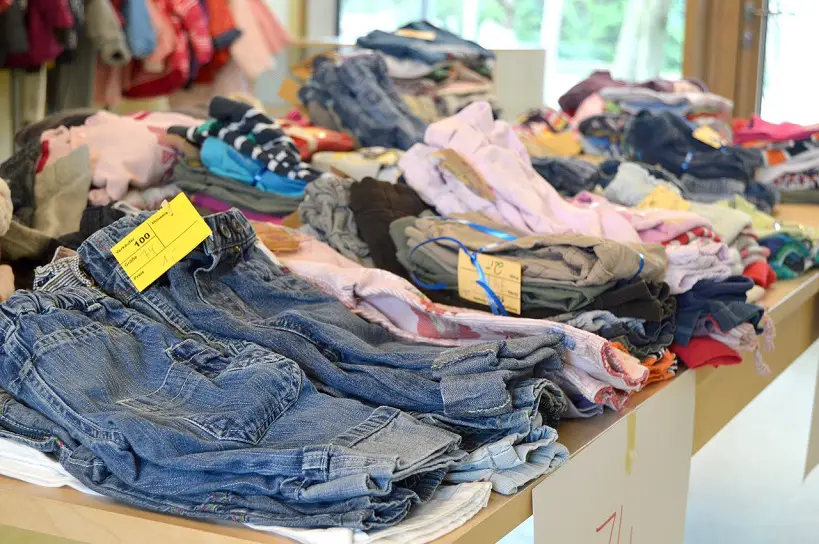

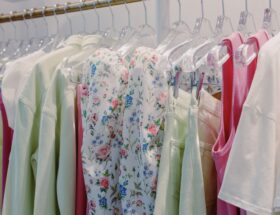
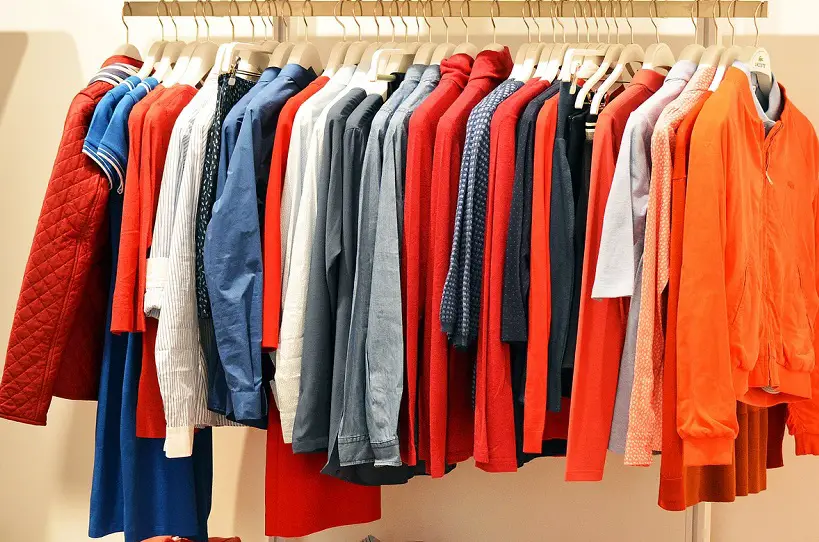
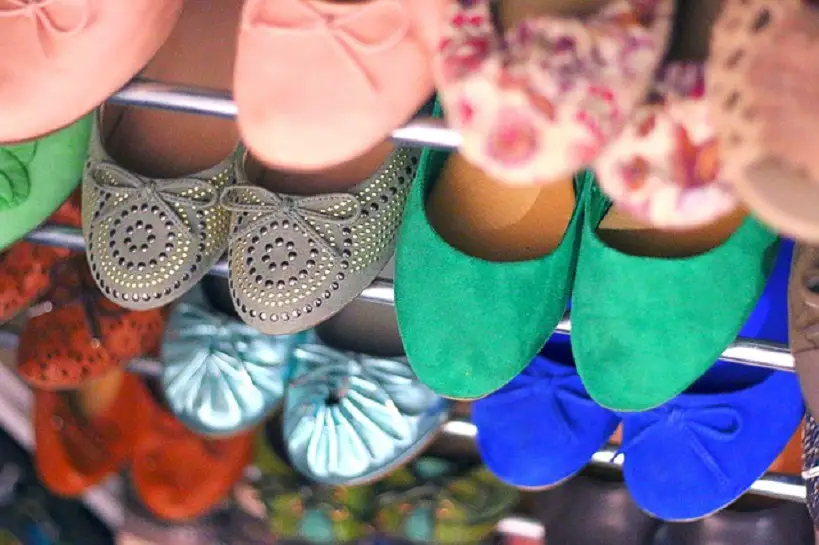
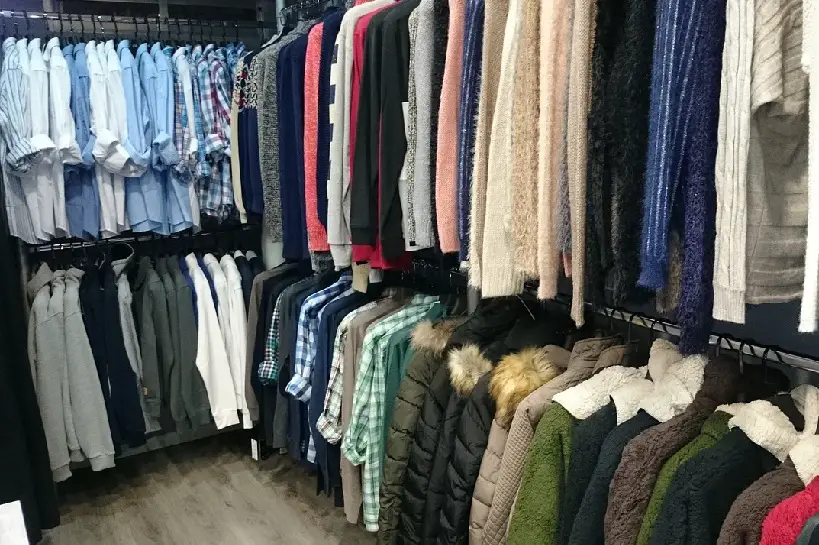



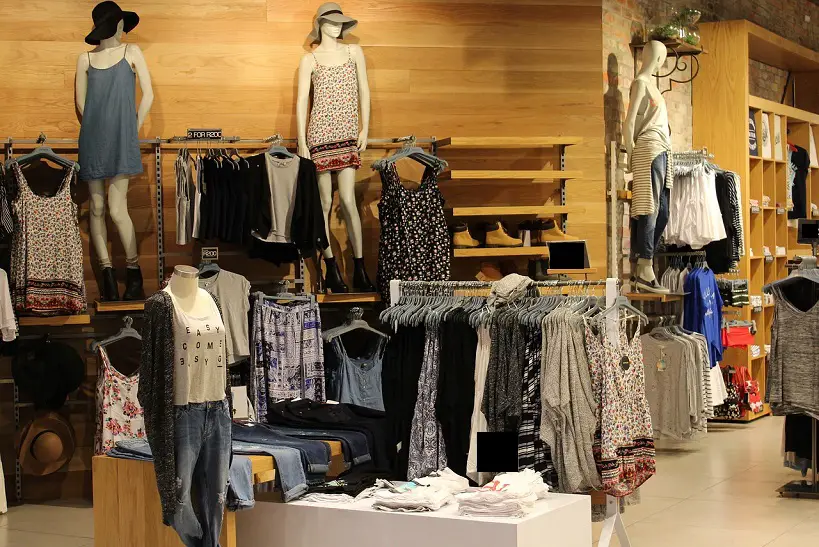
Can’t belebel am reading this today after one of the Mitumba chap chap members shared. I would like to meet the writer of this article he/she deserves a cup of coffee ??. Very well writen
Thank you Grace. You have inspired many, and also provided a lot of information for this article.
The article has actually made my work easier cause when a beginner joins Mitumba Chap Chap I just give them the link. Stay blessed
After reading this article I have decided to start the business,,. I want to sell kids clothes,, where can I reach you
Search for Grace Wambere on Facebook.
i have always wanted to be in this business but i got few challenges funds and others but i have to save surely to start a business of my own but before then just connect me to a financial advicer i need to learn how to plan for my little income so as to save enough for the biz
I will definitely get in to this business. Thanks for the comprehensive information.
Thank you. I wish you all the best in your venture. Hope you will share your story to inspire others, in future 🙂
Kindly discuss the process of starting selling the bales too.. From importation
Will look into it John, and write about it soon. Thank you.
Kudos writer. This is a full course unit.
You are welcome.
Waooh.so inspiring.I will not only take thisas my side hustle but also my retirement plan.be blessed.
Thank you, and be blessed too.
This was helpful. True this business needs Patience n resilience.
Waooh inspiring and very informative I wish I had read this before opening my bale but all in all thanks Grace…..with patience n resilience I will make it
A business is about growth, so it’s not too late. 🙂
Thanks for the information its so inspiring
I salute this lady Grace…always willing to help…number??
You can search on Facebook for her number (mitumba chap chap).
Thanks for the infor
Thanksfor the information.i have learned alot and am sure i will expand my business in the next two months.
This is a major piecework and am looking forward to indulge in this. Thanks.
very informative… thank you soo much.
Informative,eye opening, well researched and written piece..
Could you please delve into the Wholesale dynanimcs also.
Taking serious notes.
Thank you. Yes, I will look into that soon.
This is so encouraging.
After reading this,am more determined to venture into it,,so Heip me God
Thanks for the article, I can now confidently step into mitumba biz. God bless
oh wow!! God bless u..
i think i may start this ju ni flexible n i can do it with my little toto…
Thankyou very much .Do you have leather jacket bales and at what cost
Welcome, but about supplies kindly use the links in the article. I believe suppliers you find there will help you.
Thanks for the article it has encouraged me a lot
Karibu
Thanks so much for the article have learnt alot
Thanks for the good advice dear, I was confused but now I have an idea God bless you
Karibu
For sharing your research.. Be blessed. Venturing in better informed and encouraged.. Also for the links and networks. Be blessed
You are welcome
I am going to start straight away, would like my suppliers to be from Nairobi, i am in Eldoret.
Great piece. What a write up ..been in my mind to start this business. I know now how to go abt it. Thanks so very much.
You are welcome.
Woou,have been like ningeanza but sina capital,kumbe niko nayo tena big capital..sijawahijua kunaendanga hivo.Thanks much your encouragement.
You are welcome. I hope to hear your success story soon.
I am eternally grateful for everything you’ve taught me.
Thank you for sharing your wisdom with me.
You are welcome.
This article has just given me some good hopes i had lost. I feel like I can do what I thought I couldn’t. A big Thank you to the writer.
Welcome, and may you succeed in your business venture.
Woow, this is a great article, Kudos!
thanks alot. the article was inspiring, was confused at first but will use the links above to get the supplies. God bless you.
Thanks for opening my eyes. Am wise as i venture into mtumba biz
Woooow really encouraging… I think I will also start this bs.
Very nice read…. Thanks
That’s good and great for your information thank-you so much and be bless
Good stuff.. i am in dire need of researching about ‘big’ men clothing – from 2xl to 8xl – do you have any idea where i can get in Gikomba or any other market..
I am sure you will get all the answers in Gikomba.
Thank you so much dear
You are welcome.
Is mitumba kids shoes applicable in the above? I would like to know more about kids shoes bale
Visit any market that sells mitumba and explore the sections dealing in shoes. You will learn a lot just by interacting with sellers and buyers. Wish you all the best in your venture 🙂
how do i do my market research for mitumba business as a beginner
i wish to start with ladies tops
Market research can go two ways. One, buy what you think can sell and see how the market treats you. Two, explore markets around you and see what sellers have and the attitude of buyers towards the quality of stock and the prices.
thanks so much for the information, i was really finding on how to start this business.
You are welcome. All the best in your business venture.
I salute you mama. This is very upbringing indeed
Thanks for sharing this brilliant I dear,I was green but after reading the article I now know where to start it from
Thanks for your information. Kindly how can one get a supplier’s contacts ?
You are welcome. Please visit the Facebook pages or groups in the article, for more research. Always research before you engage any supplier.
This is the best article I’ve read today. my business is in the verge of collapsing,i feel hopeless since i am employed and no one is there to manage the business like i used to do.but with this, i’m so encouraged and i am going to work on it. thanks so much good writer
I love your writing. Very easy to read and no fluff. I will reference most of your posts on my articles. They are very informative.